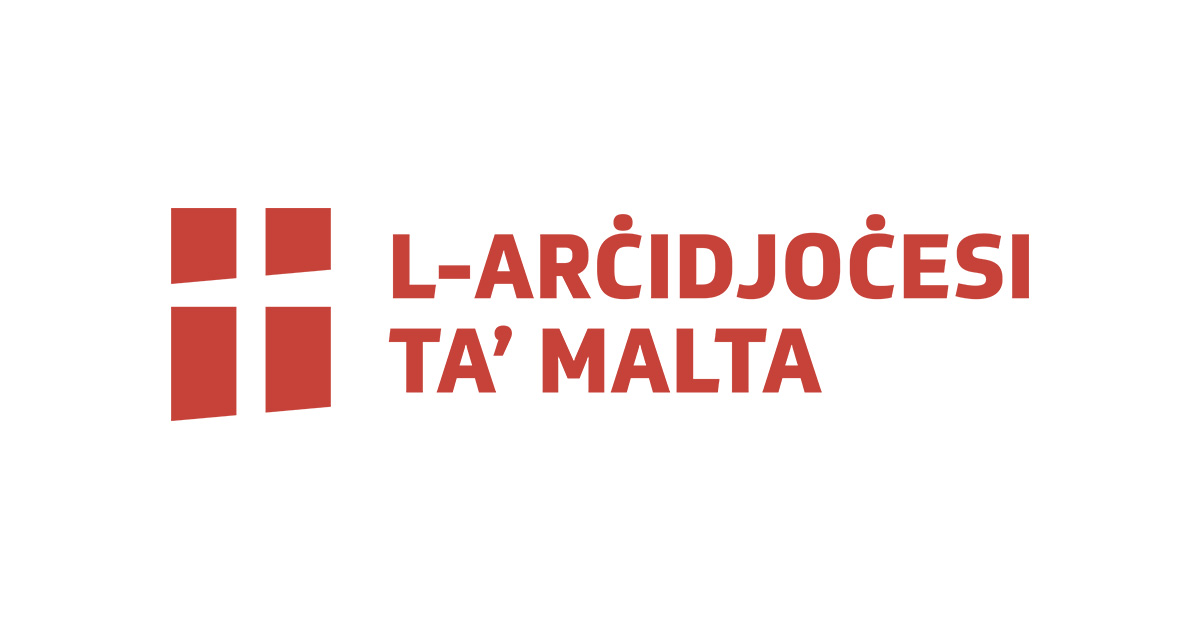-
The XXIV International Eucharistic Congress, held in Malta between the 23rd and 27th April 1913 and presided over by Cardinal Domenici Ferrata, as papal legate on behalf of Pius X, deeply marked the very consciousness of our people. In a period marked by the crusade against modernism, this event celebrated both the orthodox faith of the Maltese as well as their ultramontane devotion to the Apostolic See, by placing it on the international stage. Led by their ailing bishop Mgr Pietro Pace, the Maltese welcomed among them not less than four cardinals and fifty-three bishops from different countries.
A hundred years ago, precisely on the 30th December 1917, a monument to Christ the King was inaugurated to commemorate this event. The suggestion to erect such a monument was first discussed by the organizing committee on the 12th December 1913, for which it voted to devote the sum of 740 pounds, this being the remaining balance after all expenses for the congress had been covered. Further funds were then collected from the faithful in order to complete the monument. The statue is the work of the internationally distinguished Maltese artist Antonio Sciortino, and was cast in bronze at the Buongirolami foundry in Rome. It was placed at the centre of an avenue leading to Valletta’s Porta Reale, where it still stands.
In its noble simplicity, produced in the Art Nouveau idiom, considered controversial for a religious statue at the time, Sciortino breaks from the baroque mentality that often imprisons local art, and depicts the Jesus of the Gospel in a fluidity that mirrors the spirit of an age in transition both for the local Church and society at large. Originally, the artist intended to depict only Christ, but then chose to include an allegorical female figure representing Malta, dressed in armour, head bowed at the feet of her King. In this manner he captured not only the spirit of the event that the monument commemorated, a celebration of the devotion to the Eucharistic Lord, but also transformed it, in clear patriotic overtones, into a celebration of the strong faith of our people that had overcome victorious over all enemies of the faith throughout their Island’s history. Christ is shown passing through and blessing his people, as Malta raises her hands to him in supplication. In between the two figures, a roundel bearing the Eucharistic symbol of the pelican flanked by the numbers 19 and 13, thus emphasizing the event being commemorated as well as recording its date.
Such sentiments were echoed in the speech delivered by Mgr Mauro Caruana, then Bishop of Malta, during the inauguration ceremony. After leading a procession from Saint John’s Co-Cathedral in the presence of Governor Lord Methuen and around 40,000 faithful, the bishop compared the Eucharistic Congress to the coming of Saint Paul on our shores, auguring that this majestic figure placed in one of the most beautiful and grand places of our Island, be a monument of love, faith and hope in Him. At its blessing, a solemn Te Deum was intoned and the bells of churches throughout the island peeled in celebration.
On the statue’s base, there are four Latin inscriptions, composed by Prof. Mgr Luigi Farrugia, bearing the dates of the Eucharistic Congress’ opening and closing, as well as commemorating three key figures connected to it: Pope Pius X, during whose pontificate the event was held; Cardinal Ferrata, who presided it; and Mgr Pietro Pace, the head of the local Church at the time.
-




